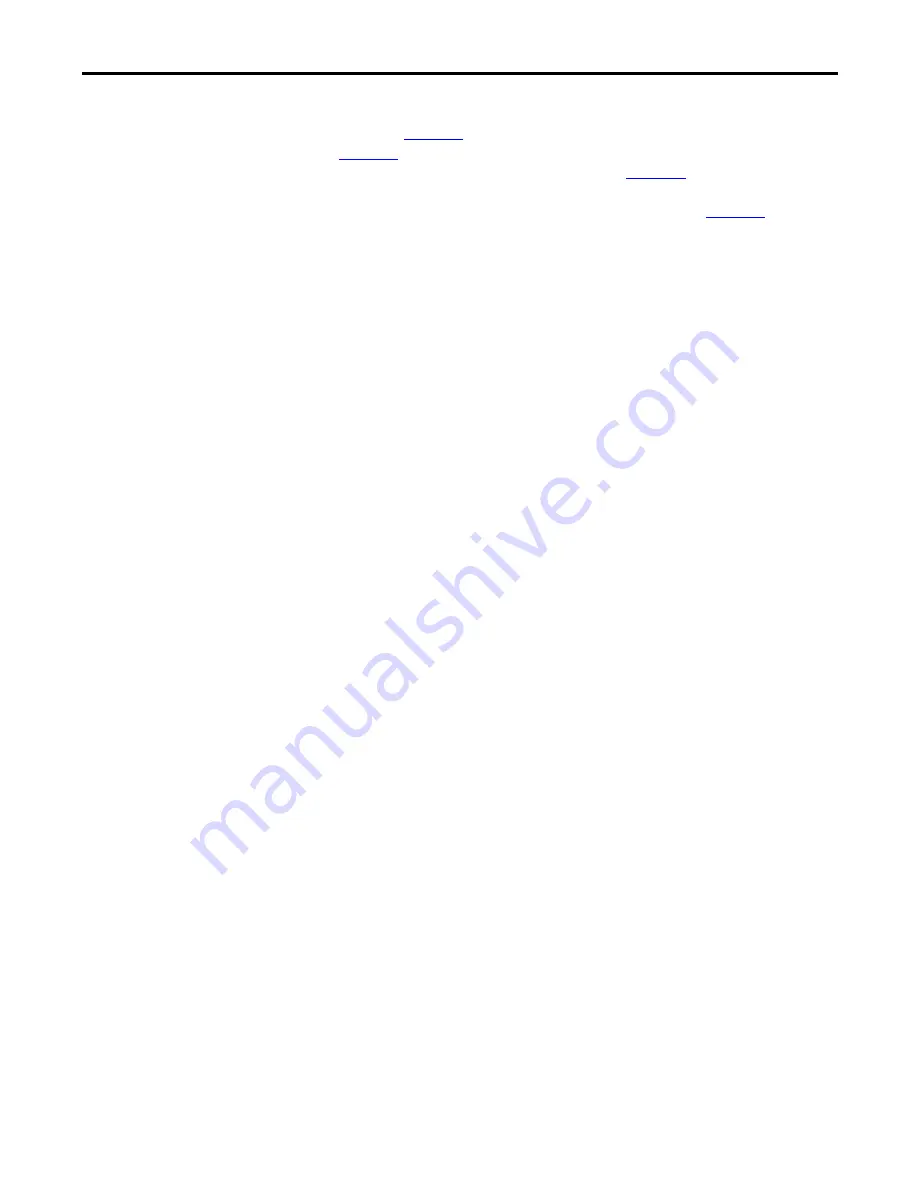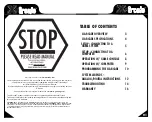
Rockwell Automation Publication 7000L-UM301F-EN-P - March 2020
93
Operator Interface
Chapter 3
Keypad
The keypad of the operator interface consists of two rows of five function keys
(item 1 of
) located below the operator interface display area (item 4 of
). In the lower right corner of the operator interface are four keys, which
will be referred to as the cursor keys (item 2 of
). Above the cursor keys
are data entry keys consisting of the numeric values 0...9, a decimal point (.), a
negative (-), a backspace key and a data entry key (item 3 of
).
All keys are of a membrane type. The key is executed upon release.
Function (Softkeys) Keys
Along the bottom of the display area is one or two rows of 'Softkeys'. These
'Softkeys' represent the physical function keys. The function of the actual keys
will vary between displays. The bottom row of keys (i.e. F6 through F10) is
always shown. The upper row is shown only if they are required for keys (F2
through F5). Thus a single row of 'Softkeys' always refers to the keys F6 through
F10.
Even though the upper row of Softkeys (e.g. F1 through F5) may not be shown
on some displays, the F1-HELP key is always active. (F2 through F5) are only
active if shown.
Cursor (Selection) Keys
The cursor keys are normally used to select an item on the display. When an item
on the display is selected, that item will be displayed in reverse video. To change
the selection, press the key in the desired direction.
On selection screens having more than one page, the page will automatically
change when the cursor is moved beyond the displayed list.
Some displays, such as the Utility screen, use these keys to modify the data value.
Pressing the [cursor up] and [cursor down] keys will change the value by a fine
amount, e.g. one unit. Using the [cursor left] and [cursor right] keys will change
the value by a course amount, e.g. 10 units.
For entries requiring a HEX value, the keys (cursor up/down) are used to scroll to
the desired HEX value.
For parameters which contain an Enumeration string, pressing either the up or
down key will provide a list of options to pick from. Using the cursor keys, make a
selection and press enter. If more options exist than can be displayed on the
screen, a triangle symbol or inverted triangle to the right of the list will show that
there are more selections available in the indicated direction. Continue to use the
up/down cursor keys to move to these additional selections.
















































